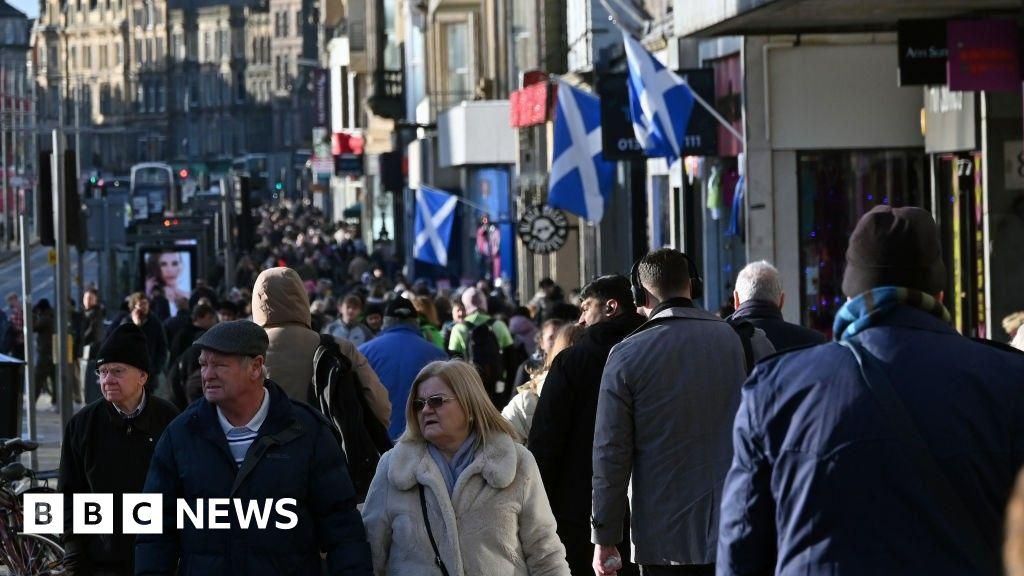Travel
Under threat: the battlefield where Scotland won its nationhood

Two events changed the game. One was Bruce’s defiant achievement in having himself crowned as the new Scottish king, on March 25 1306. The second was the death of Edward I on July 7 1307. He was succeeded by his son Edward II – who, while not the fool history has made him out to be, lacked his father’s military nous and his lust for war.
As a new reign dawned in England, Bruce made strides in Scotland, taking back much of the territory that had been lost a decade earlier. By March 1314, Stirling was one of just two Scottish fortresses still in English hands – and only just. Seeking to end the siege which threatened it, Edward stirred himself.
The two kings faced off at Bannockburn, and despite vastly inferior numbers, Bruce triumphed. Had he fallen in the field, Scotland’s stubborn resistance would surely have died with him. As it was, it was Edward who barely escaped with his life.
And while the conflict would be revived between 1332 and 1357, the English throne would never regain the momentum that was so decisively derailed at Bannockburn. The Treaty of Edinburgh-Northampton – signed in March and May 1328, in the reign of Edward’s son (Edward III) – put the seal on separate kingdoms.
The battlefield has not survived in its entirety, of course. Subsequent centuries have brought roads and houses, as Stirling has expanded south. But, at time of writing, the site is protected with diligence, and is ably managed by the National Trust for Scotland (NTS).
The visitor centre – which was overhauled, at a cost of £9 million, in time for the 700th anniversary of the battle in 2014 – is superb, bringing clarity to what can be a convoluted tale with clever multimedia exhibits, digital fight scenes and bright gadgetry.
It is also just one element of a saga that can make for a fascinating long weekend, all in the space of a few square miles.
It is just four miles to the Wallace Monument – the magnificent 19th century Gothic tower which, soaring on its hilltop, pays tribute to “Braveheart” with far more gravitas than Gibson’s factually shaky biopic.










